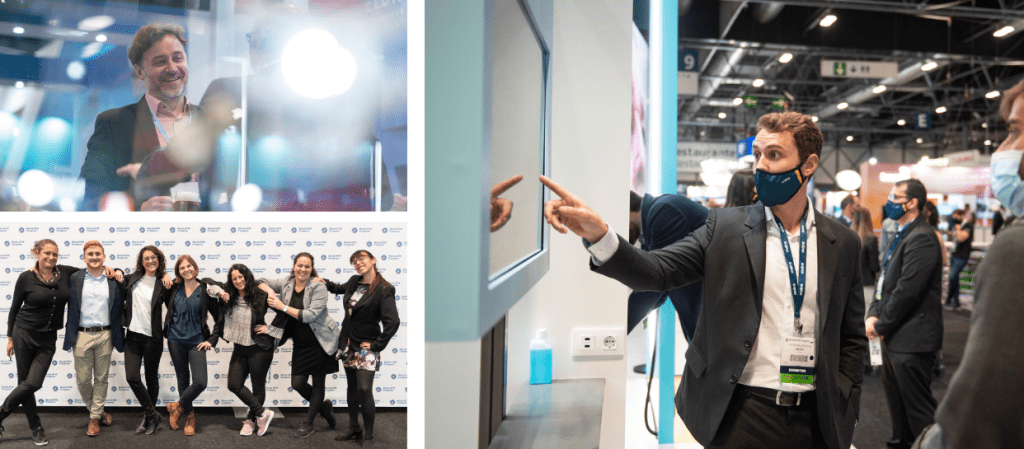
The story of Gaudí and La Sagrada Familia beautifully exemplifies the concept of “cathedral thinking” − which in the words of writer and historian Rick Antonson is all about prioritising a long-term view to make decisions that involve further generations and engaging in work that perhaps you won’t conclude. Does it sound familiar to you? If you’re in the associations sector, then probably.
The periodic event of an association is the focal point for their members; its ability to leave a legacy and have an impact within their industry or sector is crucial for moving associations forward. And although both “legacy” and “impact” are concepts that have been around in the events industry for decades, the way we measure them is permanently evolving. A key indicator of an event’s legacy is the development of relationships and friendships among participants while a key indicator for its impact is its levels of engagement and reach.
According to Diana van Brakel, Senior Manager Continuing Education at Kenes Group, “the education strategy of an association helps to look into the different formats and to implement activities based on a long-term plan. It is not just setting up an educational activity or an event, but it is all about the entire strategy behind it.” Consequently, when the major event of an association becomes part of a continuously ongoing educational programme, its main purpose shifts from networking, advancing knowledge and selling products to creating an entire ecosystem grounded on collaboration, innovation, creativity, research, and community building to improve skills, competencies, practices and ultimately outcomes.
These new strategies for associations’ legacy (the human aspect) and impact (the factual aspect) have a direct influence on the well-being of delegates, association membership levels, conference attendance, and talent retention within the industry. “It is very important that an association stays in touch with their target audience through the year by using online learning methods and different online learning formats. A knowledge hub cannot only ensure that the association can provide education to their members throughout the whole year, but it is also making it more interesting for non-members to become a part of an association and to improve their knowledge and skills”, adds van Brakel.
Such as Gaudí’s vision was the key to the legacy and impact of his masterpiece, cathedral thinking is what will give associations an approach to their core events to leave a remarkable memory and strongly consolidate their educational strategies.
This article first appeared in HQ Magazine Ed. 103/ Event Legacies, February 2022.